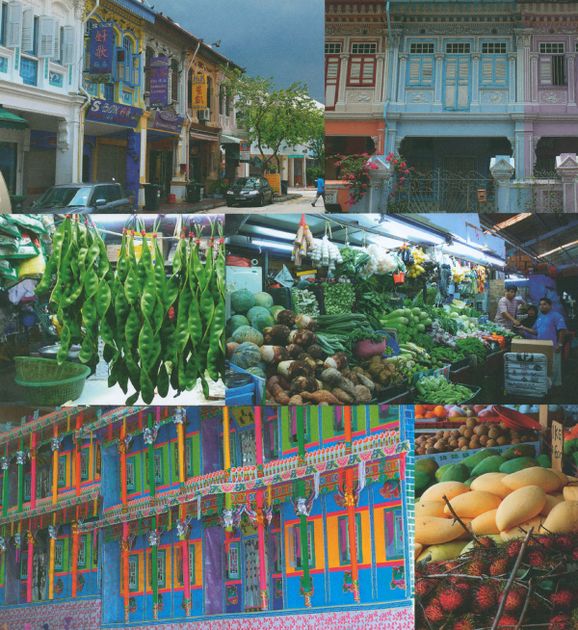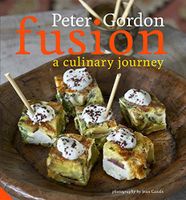Advertisement
Malaysia & Singapore
Appears in
By Peter Gordon
Published 2010

Of all the South-East Asian countries in which I found myself backpacking as a 23-year-old, it was Malaysia that had the biggest impact on me foodwise.
It was my culinary favourite. Previously, I had really enjoyed eating my way through the various regional cuisines of Indonesia, from the subtle, spicy food of Hindu Bali to the fiery chilli dishes of predominantly Muslim Java and Sumatra. Indonesia is an enormous archipelago of over 17,500 islands with over 230 million people living on them. Within this Islamic republic there are hundreds of ethnic groups with varying religious beliefs from Animism through to Hinduism, Buddhism, Christianity and Islam, but to a certain degree, they all seem to stay quite distinct from each other when it comes to their diet. Like Indonesia, Malaysia is a Muslim nation. The bulk of its population is Islamic Malaysian, the remainder being made up of people of Chinese origin with Buddhist beliefs, various Christian minorities and Indians who regard themselves as Hindu - although these various peoples, as in the rest of the world, can be of different faiths. Geographically, Malaysia is made up of two territories: Peninsula Malaysia (or West Malaysia) and Eastern Malaysia, which is in the north of a massive island known more commonly as Borneo. This area, which shares borders with Brunei and Indonesian Kalamantan, contains the states of Sarawak and Sabah. Altogether, Malaysia is a country of over 27 million people, who inhabit some of the most beautiful land in the world and who enjoy an amazing variety of cuisines.

